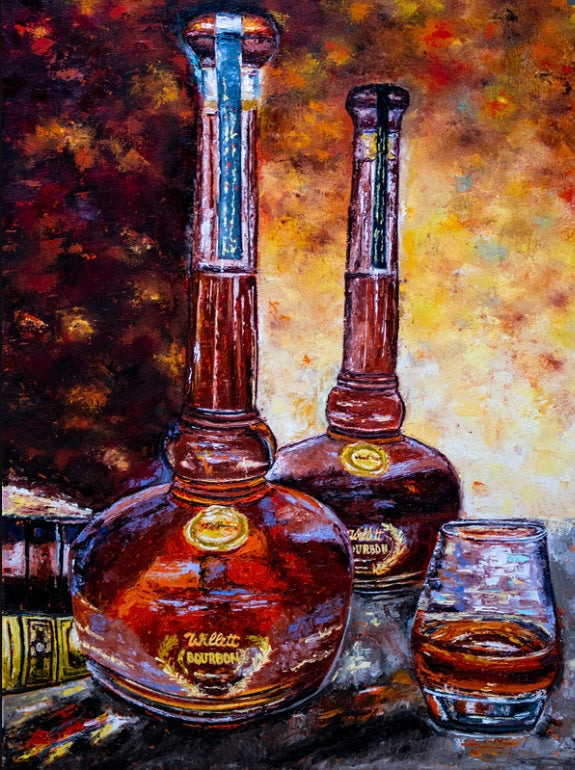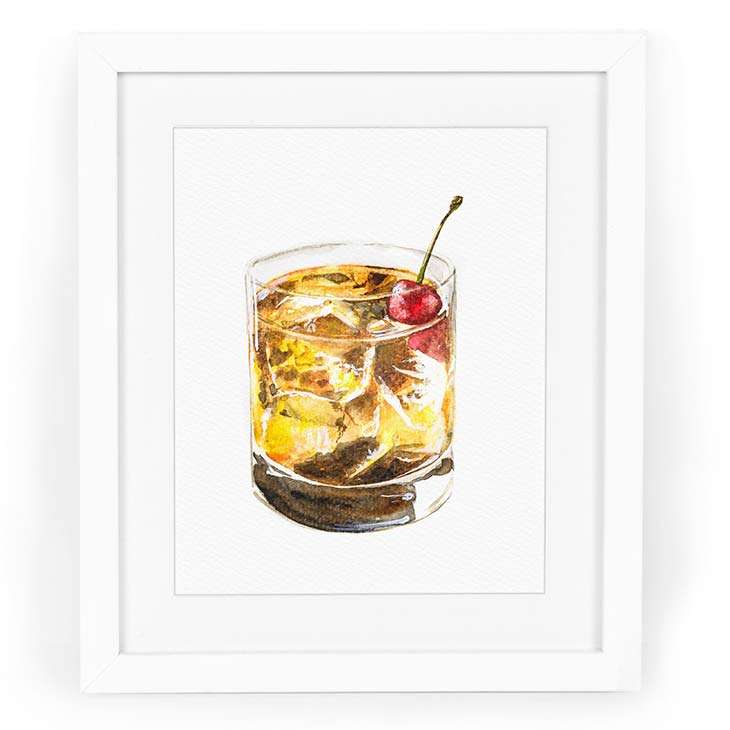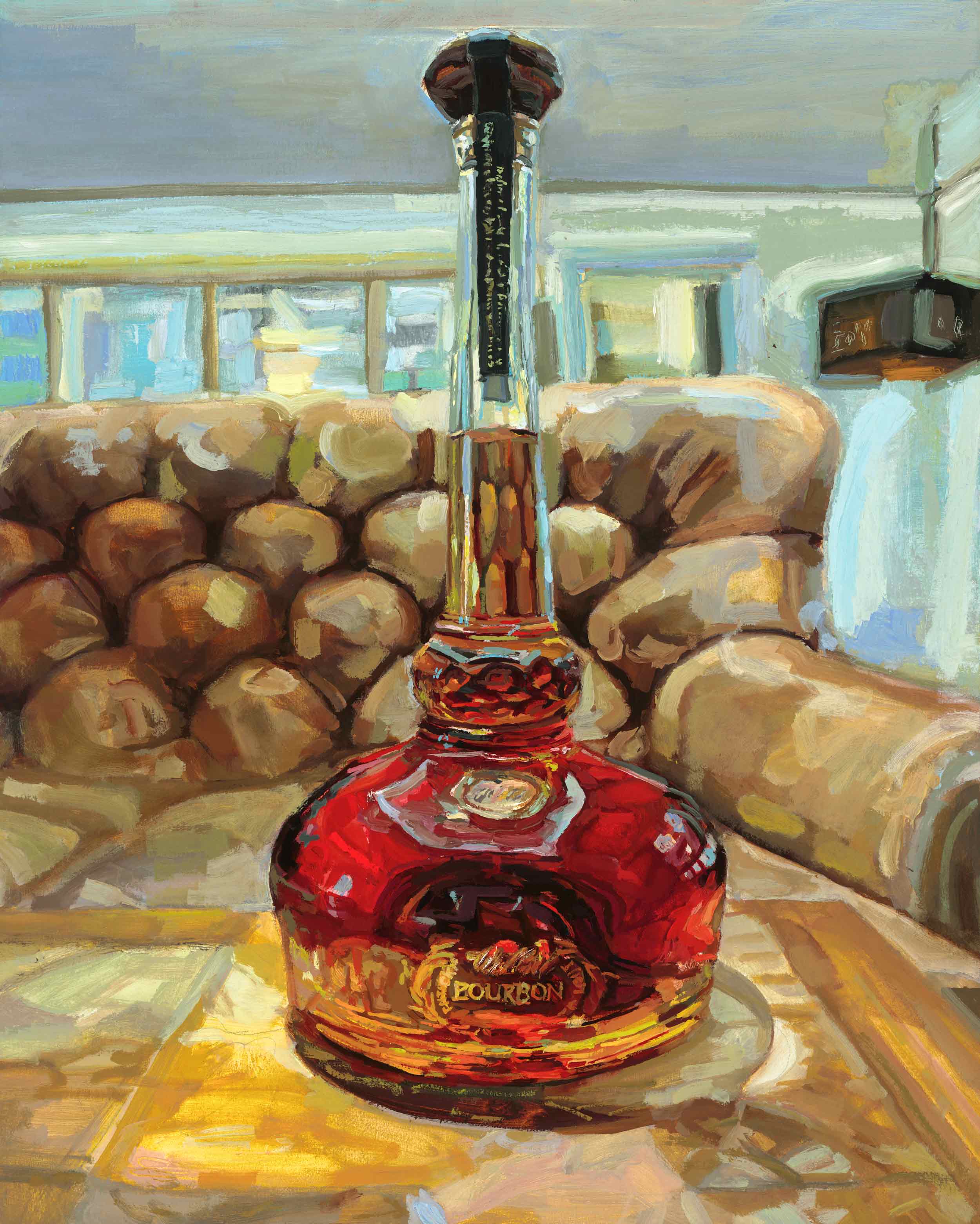Realism Art in the Whiskey Market: Portraying Moments of Purification
The Relevance of Whiskey Art in Celebrating Heritage and Workmanship in the Beverage Sector
The complex connection in between whiskey art and the event of heritage and workmanship within the beverage sector can not be overstated. With thoughtfully made bottles and tags, whiskey brands encapsulate their historical roots and the artisanal abilities that specify their production approaches.
The Historical Origins of Whiskey
At the heart of whiskey's attraction exists an abundant tapestry of historical origins that trace back to old civilizations. The origins of whiskey can be connected to the purification practices of the Sumerians and Babylonians around 2000 BCE, where very early types of fermented grain beverages started to emerge. Nevertheless, it remained in the Center Ages that the art of purification evolved significantly, especially in Ireland and Scotland, bring about the creation of scotch as we understand it today.
The term "scotch" itself stems from the Gaelic word "uisce beatha," meaning "water of life." This phrase underscores the social value of bourbon in Celtic societies, where it was typically connected with routines, parties, and public bonding. By the 15th century, purification came to be an identified craft within monastic areas, leading the means for the facility of legal distilleries.
As trade paths expanded, scotch's popularity grew, transcending regional borders and catching the passion of lovers worldwide. Bourbon Art. This historical journey shows not just the craftsmanship behind whiskey production but likewise its indispensable duty in social and cultural contexts, marking it as a considerable beverage throughout history
Artistic Expression in Branding
Bourbon branding stands as a compelling intersection of artistry and commerce, where visual identification plays an essential duty fit customer perception. The aesthetics of whiskey labels, packaging, and advertising and marketing products mirror not just the brand name's tale but also its core worths and heritage. Through artistic expression, distilleries communicate a narrative that reverberates with consumers, stimulating emotions and sparking connections.
Using color, typography, and imagery in branding serves to differentiate items in a saturated market. For instance, typical themes might stimulate a sense of credibility and craftsmanship, while modern styles can signify innovation and forward-thinking. This strategic creative direction improves brand acknowledgment and loyalty, permitting consumers to create an individual relationship with the whiskey they select.
Furthermore, imaginative expression in branding often acts as a party of regional heritage. Distilleries regularly include local signs or historic recommendations right into their styles, creating a sense of location that welcomes consumers to take part in a more comprehensive cultural experience. Eventually, the virtuosity behind scotch branding not only improves visual allure however likewise improves the general narrative of the brand name, fostering a deeper gratitude for the craftsmanship and heritage embedded in each container.
Workmanship in Container Layout
The creativity obvious in whiskey branding extends past visual identification to incorporate the workmanship associated with container layout. Each bottle functions as a vessel not simply for the spirit within, but likewise for the story it outlines its practice, top quality, and origin. The layout procedure requires careful attention to information, as aspects such as shape, material, and closure contribute considerably to the overall assumption of the whiskey.
Craftsmanship in bottle style includes picking high-grade glass that can improve the whiskey's color and clarity, while additionally supplying a tactile experience for the consumer. The shape of the container need to be both useful and cosmetically enticing, usually showing the heritage of the brand. Many distilleries choose unique forms or embossed logos that stimulate a sense of credibility and background.
Additionally, the tag design and typography play a vital function in interacting the brand's narrative. Realism Art. A well-crafted container not just mesmerizes the customer's eye but additionally enhances the brand's commitment to quality and custom. In this method, the craftsmanship of container design becomes an important facet of the scotch experience, combining creativity with a profound respect for heritage
Social Relevance of Whiskey Art
Celebrating tradition and craftsmanship, go to the website the social importance of scotch art goes beyond plain visual appeals, linking with the social and historic stories of the regions where it originates. see page Each container functions as a canvas, showing the one-of-a-kind stories, folklore, and customs that have shaped local whiskey-making practices. The elaborate styles commonly mirror the heritage of the distillers, including signs and motifs that reverberate with the culture and values of their communities.

Furthermore, bourbon art plays a vital duty in public gatherings and parties, working as a tangible link between individuals and their shared experiences. By valuing the virtuosity in bourbon product packaging, customers grow a much deeper understanding and respect for the craft, inevitably improving their enjoyment of the drink itself.
Modern Trends in Whiskey Presentation
In the last few years, the discussion of bourbon has evolved to mirror contemporary preferences and patterns while still recognizing conventional workmanship - Whiskey Art. Distilleries are increasingly concentrating on aesthetic aspects that improve the general alcohol consumption experience, linking the gap in between heritage and modernity
Ingenious container styles have emerged, usually integrating lasting materials and creative tags that tell engaging stories. Many brand names currently work together with regional musicians, instilling their items with one-of-a-kind aesthetic expressions that resonate with consumers. In addition, limited-edition launches are frequently packaged in collectible containers, including worth and allure for aficionados.

Conclusion
In final thought, scotch art offers as a vital avenue for revealing the heritage and craftsmanship inherent in the drink sector. With complex branding, ingenious bottle layouts, and culturally substantial creative components, bourbon brand names successfully honor their traditions and attach with customers.


Workmanship in container layout includes picking high-quality glass that can boost the scotch's color and clearness, while likewise offering a tactile experience for the consumer. In this way, the workmanship of bottle layout comes to be an essential element of the bourbon experience, merging artistry with a profound regard for heritage.
In final thought, whiskey art serves as a crucial avenue for expressing the heritage and workmanship fundamental in the drink industry.